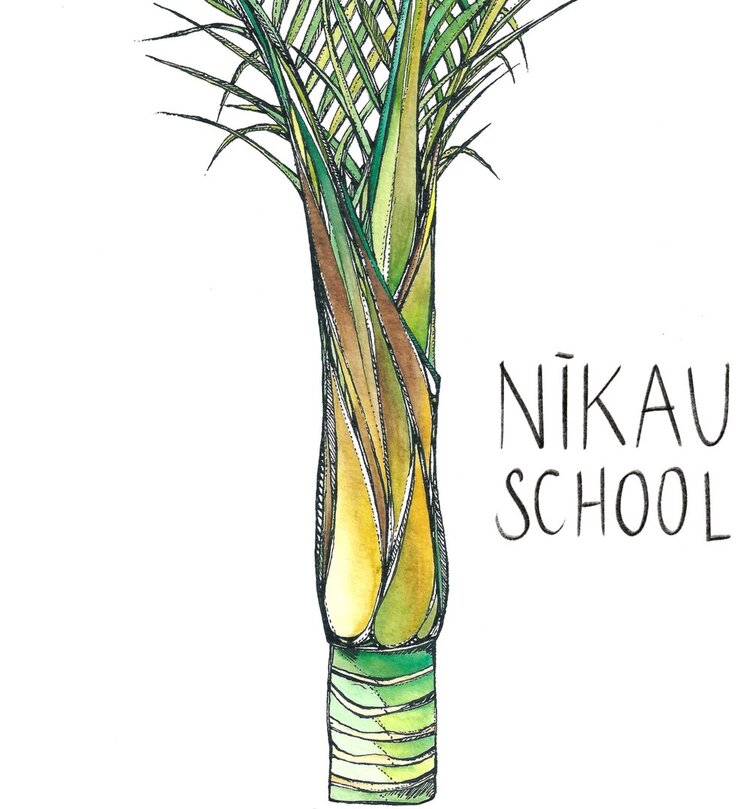The environment at Nikau School is a carefully prepared and designed to support the growth and development of young children. Some key features of our learning environment include:
Multi-age grouping: Children are typically grouped by age, spanning three years, for example, 6-9 year old and 9-12 year olds. This allows students to progress through the curriculum at their own pace, while constantly being stimulated by the interesting work that the older students are engaged with, which create a highly enriched learning environment.
Teachers guide children according to their individual developmental needs and abilities, while regularly observing and tracking their progress again both the Montessori curriculum progression and the National Curriculum Levels of the New Zealand Curriculum.
Mastery of fundamental skills: Children explore the realm of Mathematics, science, and technology, the world of myths, great literature, history, world geography, civics, economics, anthropology and the basic organization of human societies. Studies cover the basics still cover the basics found in a traditional primary classroom such as memorisation of mathematics facts, spelling, the study of vocabulary, grammar, sentence analysis, creative and expository writing and library research.
Interdisciplinary Curriculum: The curriculum is structured in that way that integrates multiple subject areas and disciplines into a cohesive and comprehensive learning experience. subjects are not taught in isolation, but are instead connected and related to each other in meaningful ways. This allows students to see the connections between different subjects, and to understand how each discipline contributes to a greater understanding of the world around them.
Individually chosen research: children are encouraged to explore topics that capture their imagination. children gather information, assemble reports, teaching what they have learning to their peers and assembling this into portfolios and handmade books of their own. Children are taught how to use reference materials, libraries and the internet to gather information.
The Materials and passage to abstraction: learning continues to be a hands-on experience. As students reach the later primary years, the materials in the environment provide a bridge to more complex and abstract concepts in all traditional subject areas.
Learning how to learn: children are taught to think, not simply find and feedback information they have read. Learning is taught as a process of discovery and thinking, through questioning and challenging them to find new solutions of discover answers of their own. This prepares them for the real world of ideas, enterprise and challenging perspectives.
Going out: our centre is very fortunate to be set in a beautiful outdoor environment, with the beach right, fields and playground facilities right on our doorstep. Learning experiences in the natural environment will be a large part of the program at Nikau, with a focus on developing social and emotional skills.
Additionally, the planning and organizing of trips out in the community are an integral part of the curriculum. Children are typically in charge of suggesting and organizing their own trips with peers that share in similar interests. By initiating a proposal, developing the plan, making all the arrangements and carrying them through their gain a great sense of individual power and dignity.
Our learning environment is designed to be a warm, nurturing environment that is equipped with materials and activities that support the development of the whole child. The materials and activities are arranged in a way that encourages children to be independent and self-motivated learners.
